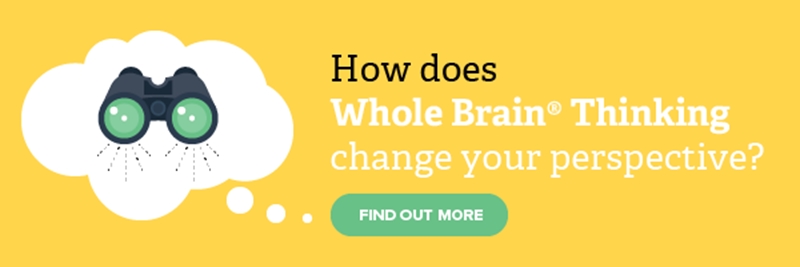In fact, according to a Corporate Wellness Market Research report, corporate spending on workplace wellness programs (currently at US$50 billion globally) is rising, expected to grow 7 per cent annually to 2025.
So what’s with the increased investment in this area? Well, research tells us that when we don’t focus on the wellness of our employees, our business can suffer as a result
According to a report on employee wellbeing in the workplace conducted by Beyond Blue, untreated mental health conditions cost Australian workplaces approximately AU$10.9 billion per year. This comprises AU$4.7 billion in absenteeism, AU$6.1 billion in presenteeism and AU$146 million in compensation claims.
Additionally, over 45 per cent of employees working for companies uninvested in wellbeing reported they had taken time off work due to feeling mentally unwell in the past 12 months. Nearly 60 per cent observed depression/anxiety among others in their workplace from time to time.
Luckily, when organisations invest resources in keeping their teams healthy, happy and free from stress, we see these figures significantly decrease to 13 per cent and 39 per cent respectively.
We also see increases in productivity, retention and engagement across the board. The report by Beyond Blue found that organisations that value mental health are more likely to:
- Be more productive
- (72 per cent agreement among employees, 71 per cent among leaders).
- Inspire respect among employees
- (65 per cent agreement among employees).
Understanding your team: The secret to employee well-being
One of the biggest culprits of poor employee wellbeing is a lack of understanding. By and large, leaders and managers don’t know their employees. They don’t know what they care about, what matters most to them or what they pay attention to. This is the critical “homework” that has to be done before you put all that money into engagement and wellbeing efforts.
Because work of any kind is primarily a mental activity, the best way to get to know your employees is to start by understanding how they think. This is the filter through which they communicate, listen and process information. It influences how they approach a task and what kind of work they find stimulating (or draining).
We looked at some of the data around work well-being, and generally speaking, we found that the highest satisfaction comes from those who have a strong alignment between their thinking preferences and the mentality of the work they’re assigned to do. The lowest are associated with those who are misaligned – unless they’re looking for a challenge in that specific assignment and have been prepared and are motivated to stretch.
And that’s why this isn’t just about them; it’s also about you. Unless you’re intentional about your thinking, which is what Whole Brain® Thinking is all about, your own preferences will become filters and blind spots, impacting how you communicate, make decisions, assign work and create development plans for others. When fully engaged people are still looking to leave, being able to see past your own preferences and “get inside their heads” is the critical missing piece.
So before you make assumptions about what’s going to keep your team healthy and happy, start with thinking. In our experience, it’s the much more cost-effective – and just plain effective – route.
To learn more about how to unleash the power of Whole Brain® Thinking, download our whitepaper below.


